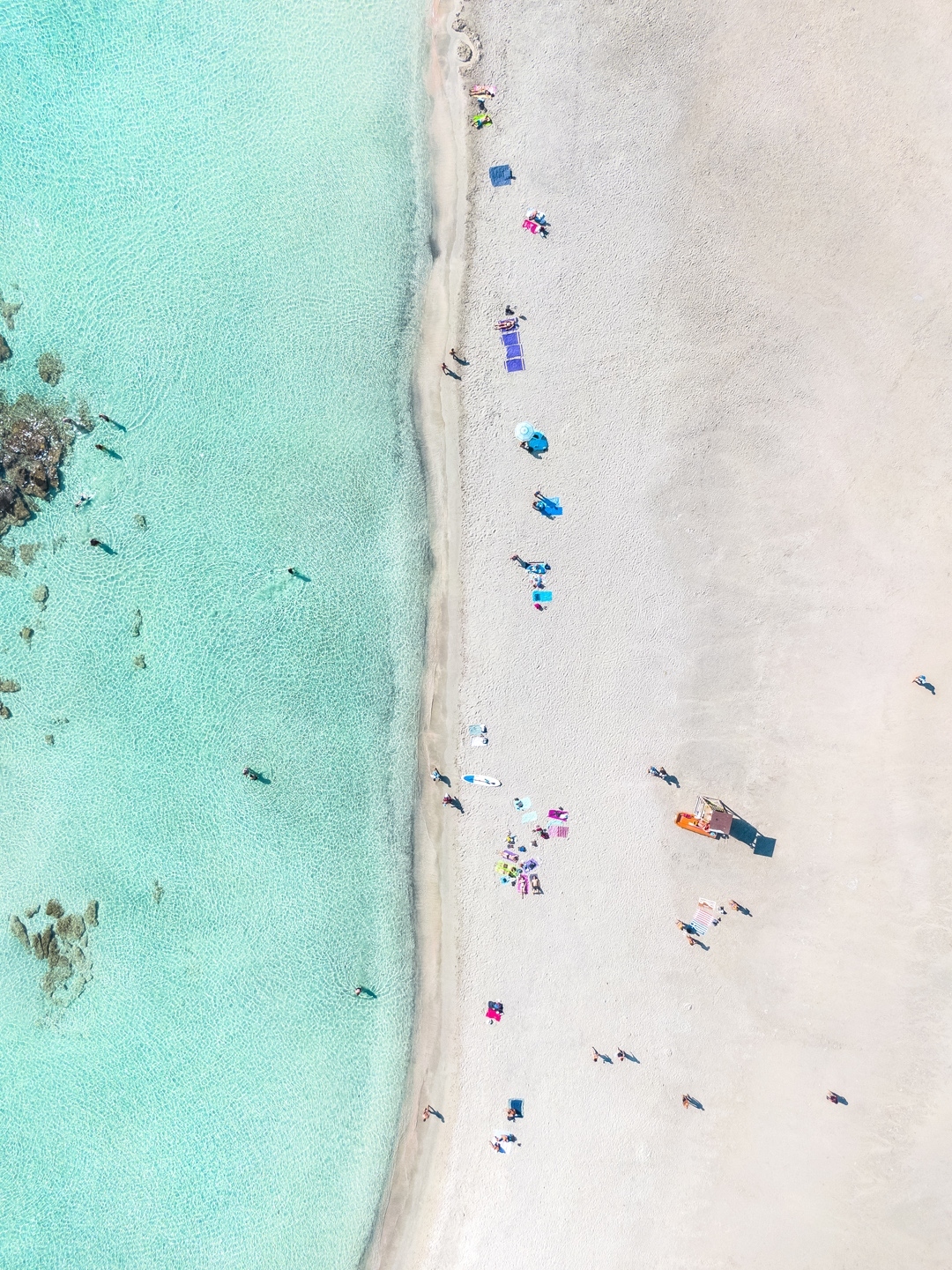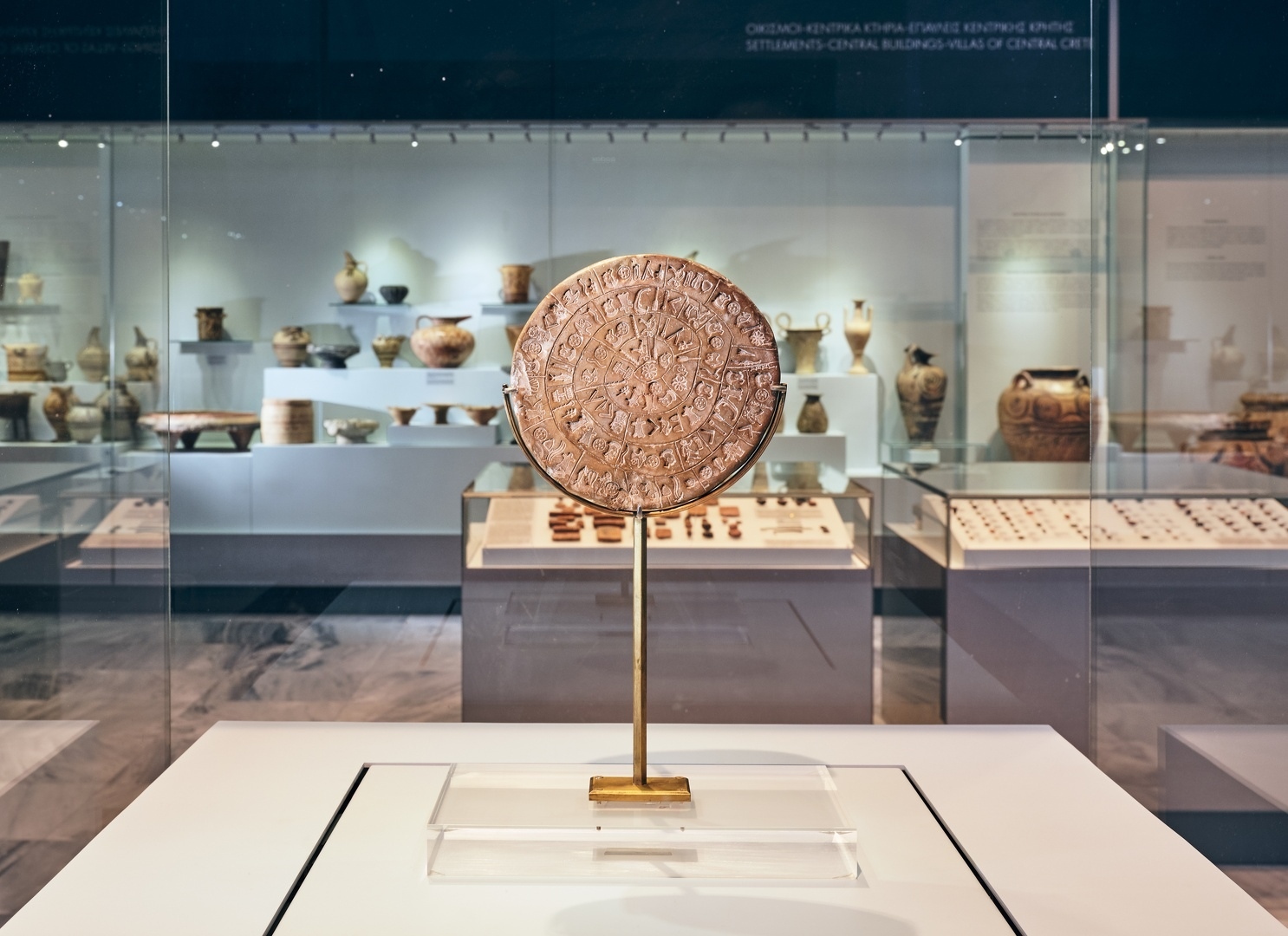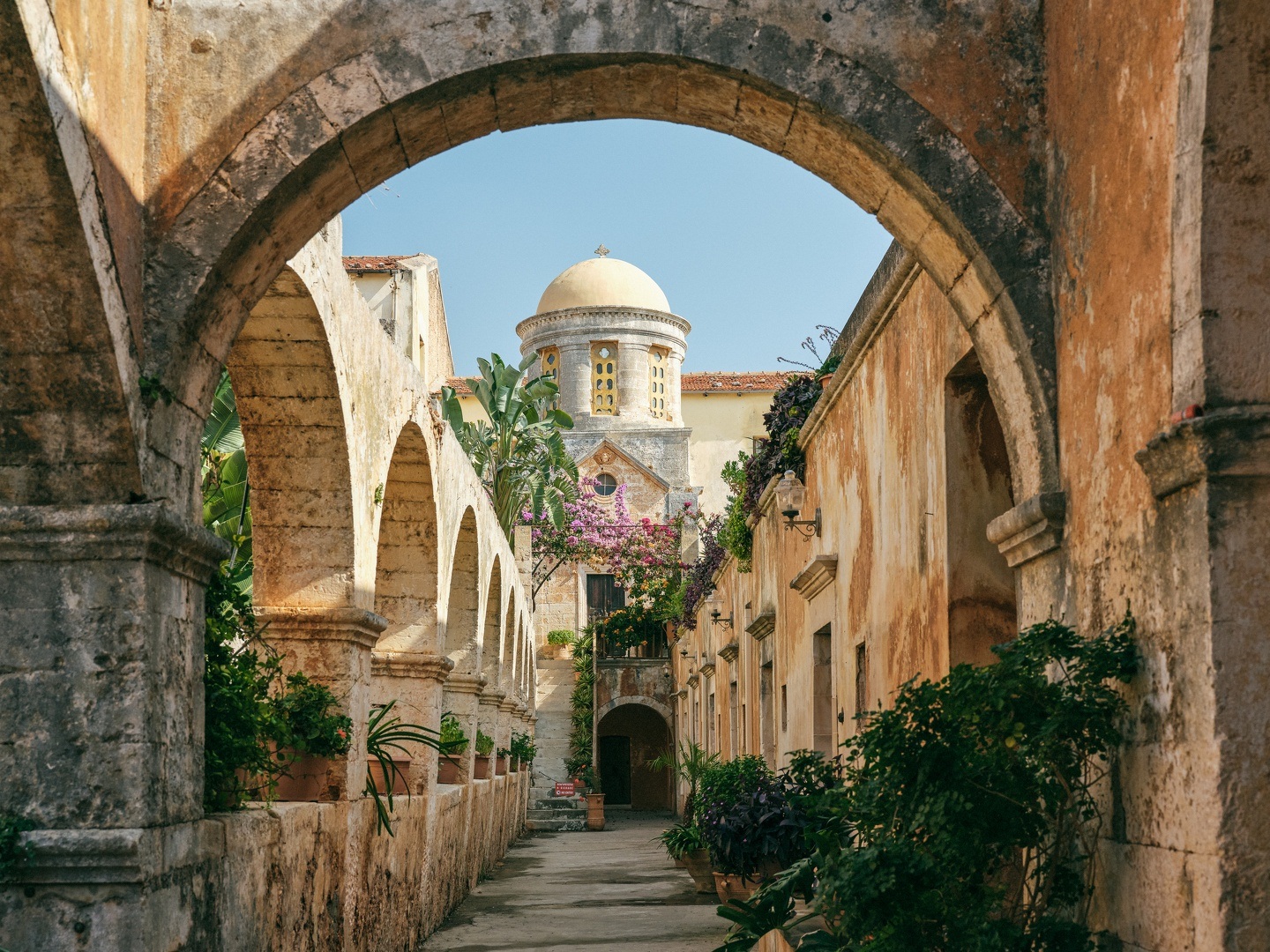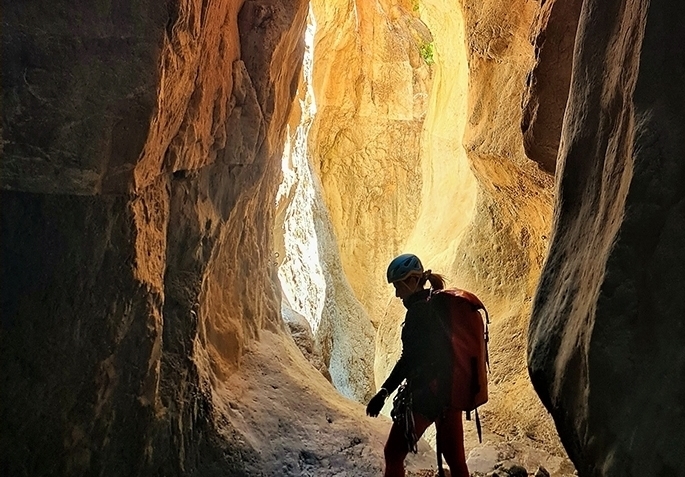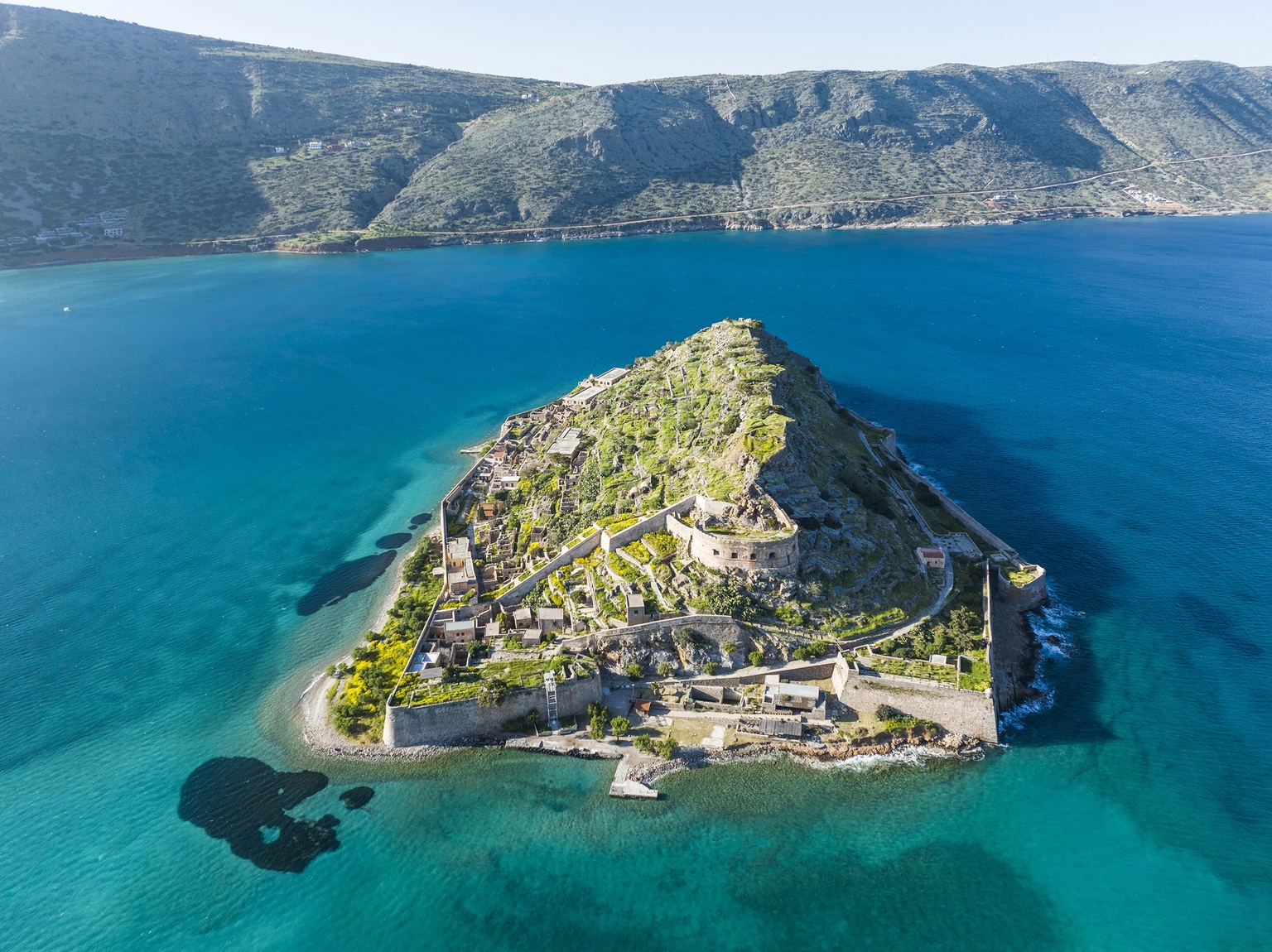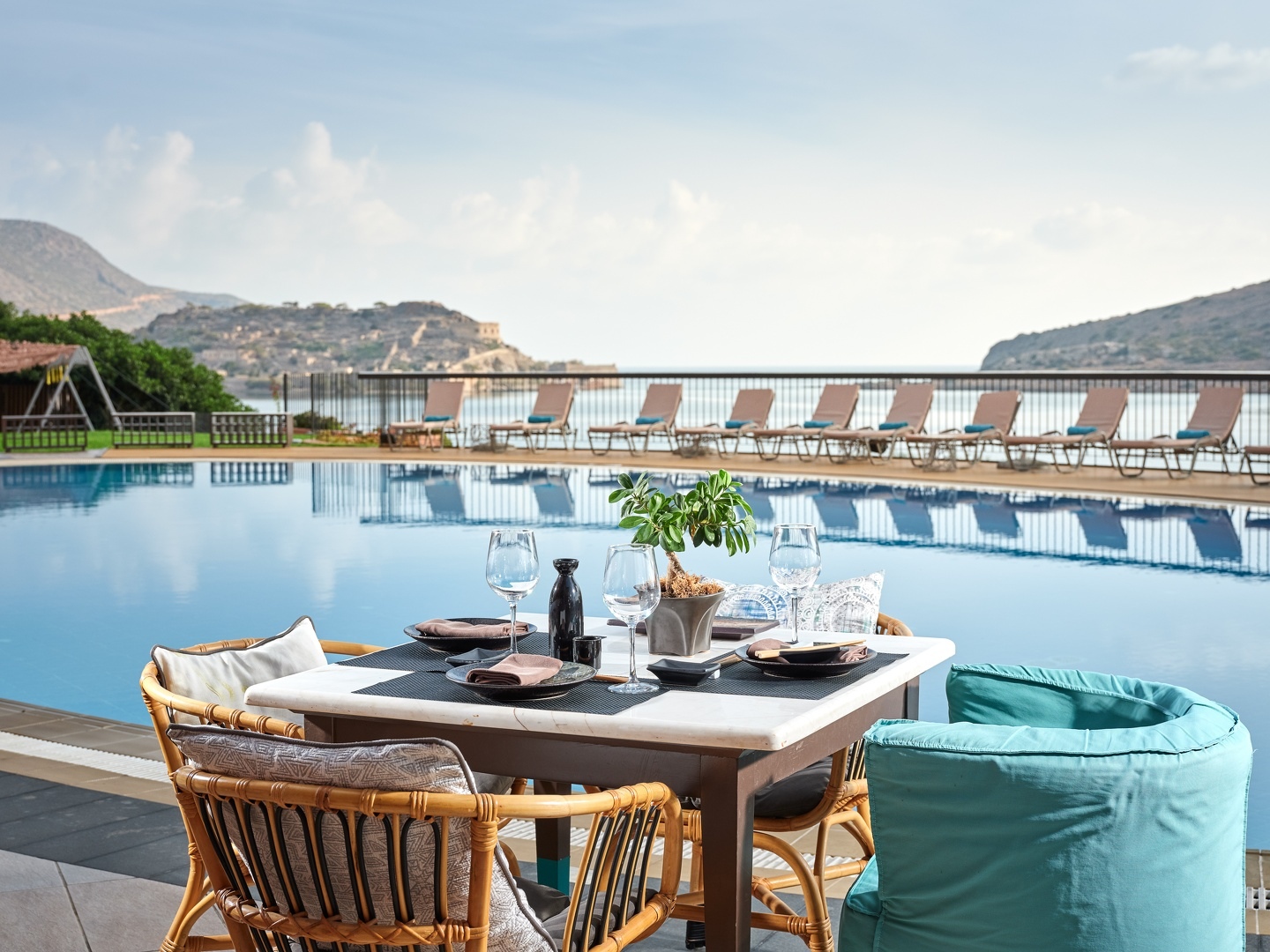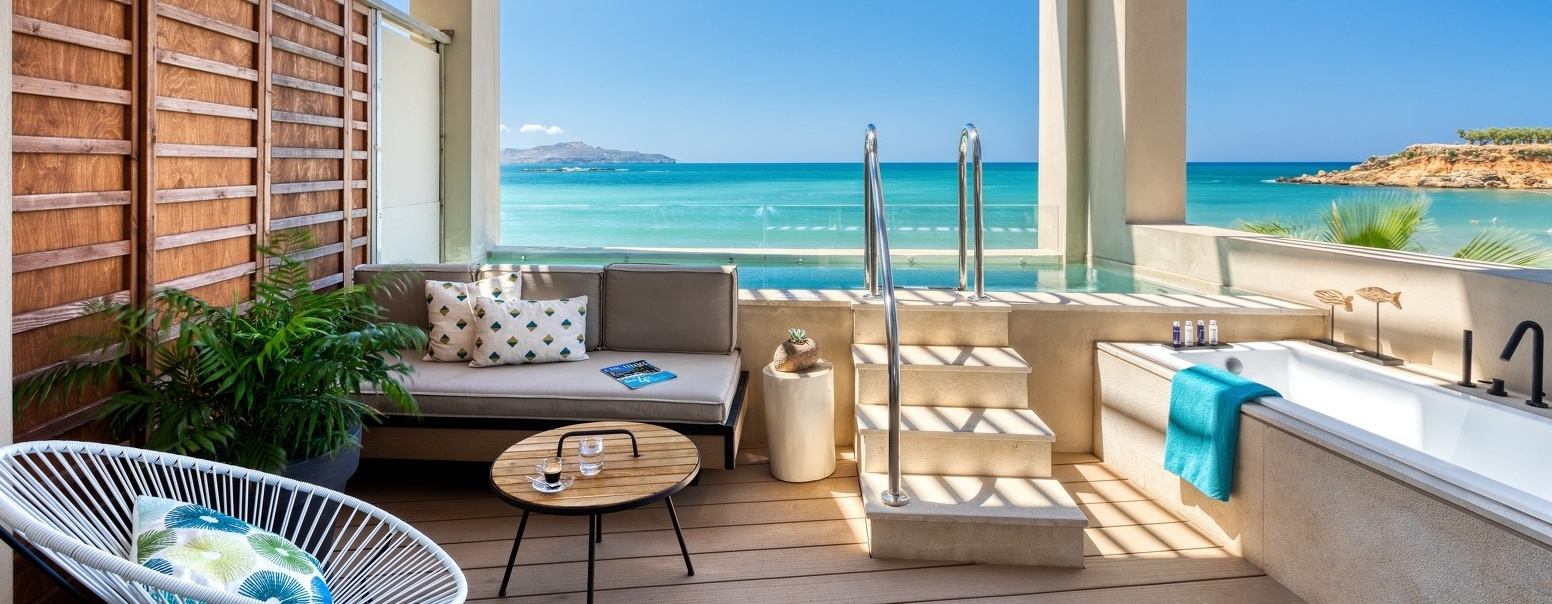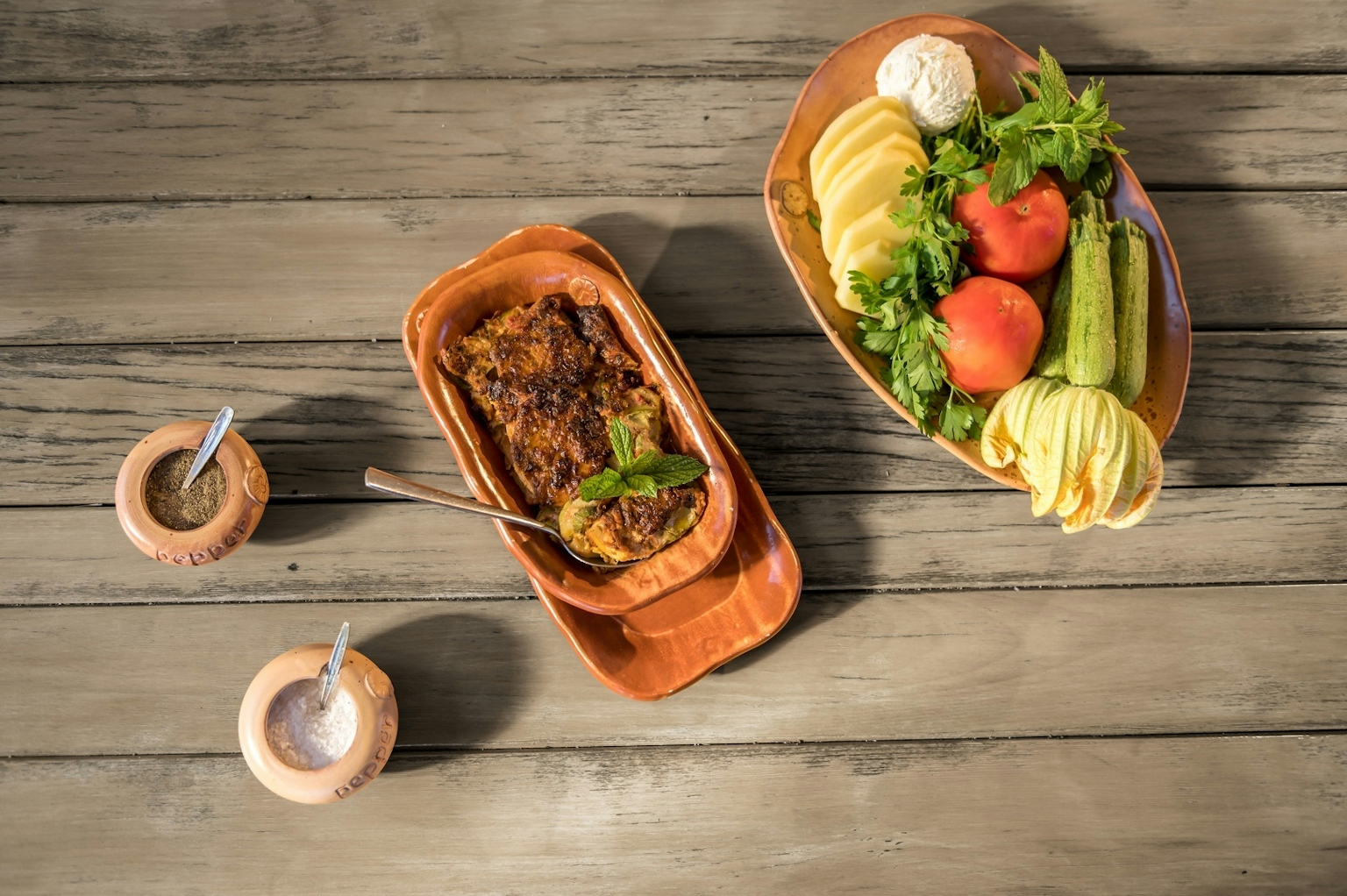Sea salt: He will only fill his sack if the sea and the weather allow it...
Author Discover Crete
Gastronomy
Gastronomy
Latest news
- Shadows of the Past: The Story of Auschwitz Through Light and Silence
- Cutting of the Olive Wreath from the Monumental Olive Tree of Vouves, Municipality of Platanias
- They’re Kneading “The Traditional Easter Breads of Lampri”!
- Hike through the Katsikandaras Gorge
- Photography Exhibition "Creating Roots" in Platanias Municipality
I meet Dimitris before dawn at Kasteli harbor in Kissamos in the region of Hania. This is the same harbor from where, a few hours later, dozens of boats will set off on excursions to Balos, but at 6 a.m. it’s still dark and quiet. His boat slides through the tranquil waters along the length of the Gramvousa promontory and Dimitris’ youthful yet experienced eye spies a turtle swimming just a few meters away.
His father, who is steering the boat, is reciting a list of Turkish names for the different locations along the rocky coastline, which is just starting to become visible as the sun rises. Dimitris tells me about his grandfather and his 13 brothers and how they, too, made a living from the sea.


About an hour later, we come to a small islet just off the tip of the promontory. His grandfather, he says, would spend the entire summer in a cave here, collecting salt from the rocks. As we continue chatting, Dimitris prepares his bucket and his big plastic spoon. The boat pulls up and he jumps lithely onto the shore. I follow his quick and well-calculated movements across the rocks as he checks their natural basins for salt. Some of them have collected enough salt in the wake of the waves to harvest. In others, the water hasn’t fully evaporated yet. All of them, however, are surrounded by sharp rocks, which Dimitris navigates with impressive agility.

Strength and a natural grace allow him to perform this bizarre dance under the hot sun for several hours on end. The boat then takes us to two more craggy locations near the sandy islet of Balos. Dimitris, as always, is ready with his bucket and spoon. And while he may have the strength and the courage to scramble up steep rocks several dozen meters high, he’s also very aware of the fact that he will only fill his sack if the sea and the weather allow it.
Source: “Handcrafted Crete”, Isabella Zambetaki, Region of Crete
